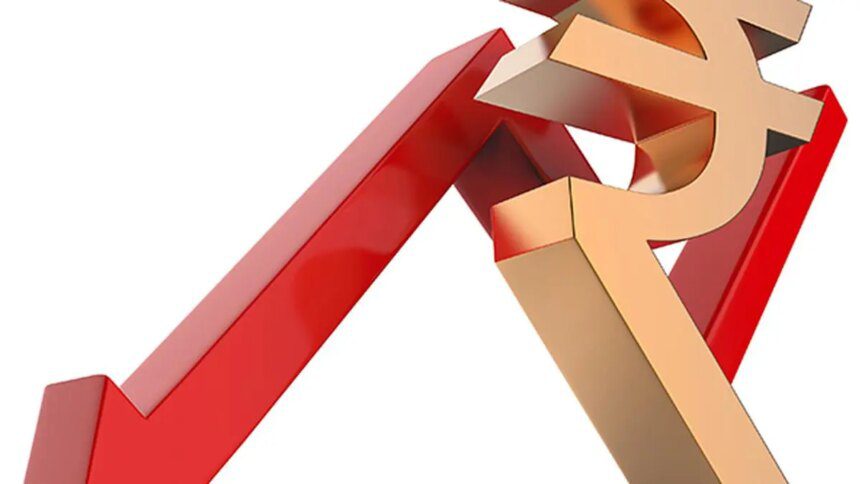The Indian Rupee weakened by 4 paise on Monday, closing at 88.76 against the US Dollar. This decline was attributed to outflows from foreign portfolio investors in the equity markets, amid prevailing risk-off sentiment, and a heightened demand for the US currency from corporate entities.
This closing figure was marginally above the record low of 88.7750 per US Dollar, which was reached on September 24th. The Rupee initially opened stronger at 88.69, compared to the previous close of 88.72, but failed to maintain its gains as demand for Dollars surged from custodial banks and Indian companies. Throughout the trading day, the currency dipped to a low of 88.81.
In a report, DMI Finance indicated that the Rupee’s outlook in the near term will largely depend on actions related to US trade policy and the extent of the Reserve Bank of India’s (RBI) interventions in the currency market. CareEdge Ratings echoed this sentiment, stating, “We expect the Rupee to remain under pressure in the near term. However, the RBI is likely to intervene to limit currency volatility.”
The agency projected a forecast for the Rupee, estimating that by the end of FY26, the USD/INR rate could range between 85 and 87, supported by a softer dollar, a stable yuan, a manageable Current Account Deficit (CAD) for India, and the potential for a trade deal between the US and India.
CareEdge Ratings also forecasted India’s CAD to be around 0.9% of GDP in FY26, assuming US tariffs are set at 25%. It also noted that if tariffs were to reach 50%, the CAD might widen to between 1.2% and 1.3% of GDP, although remaining manageable. The agency emphasized that India’s foreign exchange reserves, nearing a record high of $703 billion, would give the RBI sufficient capacity to intervene in the currency markets if required.
Published on September 29, 2025.










